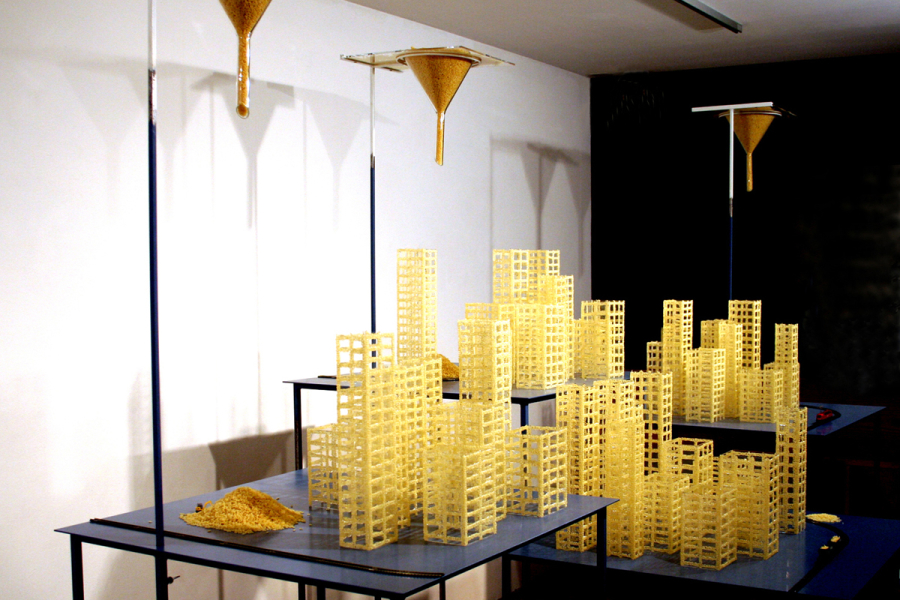Geme from A to Z
For almost a billion years the primordial soup cooked away. Heated by UV radiation, it contained whatever ingredients were available at that time: water, ammonia, methane and other simple organic compounds. Somewhere along the line, these inorganic molecules coalesced to form monosaccharides, fatty acids, amino acids and nucleotides. Hence, the building blocks of organic life came into being. It took a while longer, but then the fats aligned themselves in such a manner as to form hollow spheres, the sugars became increasingly complex, the amino acids joined to form proteins and the nucleotides linked together to form DNA, the carrier of genes. The first protozoa inhabited the earth. Three and a half billion years later the species Homo sapiens walked upright across the steppe, a hominid composed of 100 trillion communicating cells. It developed language and an awareness of the self – and within a very short time complacently considered itself the crown of creation.
Far more prosaic is the appraisal put forth by evolutionary biology: in its eyes, the human being is just another variation of the vehicle constructed and controlled by genes consisting of DNA. Sex and procreation provide new vehicles for the genes, before the old models become frail and degenerate. The new vehicles mature and give birth to yet another generation. And thus it continues. The genes survive, the vehicles depart. This is biological evolution.
Whether a cholera bacterium, marigold, worm, shark, basswood, crow, anteater or human being: without distinction, we are all mere receptacles. Precious little of human beings as the crown of creation would remain if it weren’t for a new soup cooking away: the cultural soup.
This time the ingredients are the letters of the alphabet, sounds, colours, shapes. The letters are linked to form words, the sounds blended to form melodies, the colours and shapes arranged to form pictures. It took a while, but then arose the first ideas and ideologies, models and theories, stories and history.
The cultural evolution supersedes the biological. The memes grasp at the sceptre of the genes. A meme is an incorporeal thing which outlasts us, just as the gene survives. A meme is an idea, a concept, a vision passed on from generation to generation, resulting in that which distinguishes us: identity and culture. Just as the gene is transmitted from body vehicle to body vehicle, the meme is passed on from brain to brain. The gene is packaged in the ovum or sperm, the meme encased in proverbs, sagas, instructions, melodies, it is passed down in books, pictures, films, music.
The egg and sperm cells have only just fused, and we begin to develop on the reins of the genes. After nine months we are born into the world as a baby vehicle, then look high in the meme sky, open our brain like a funnel and henceforth absorb stories and history. At last culture! Finally a human, the crown of creation!
Suzann-Viola Renninger
Sharon Kroska e

